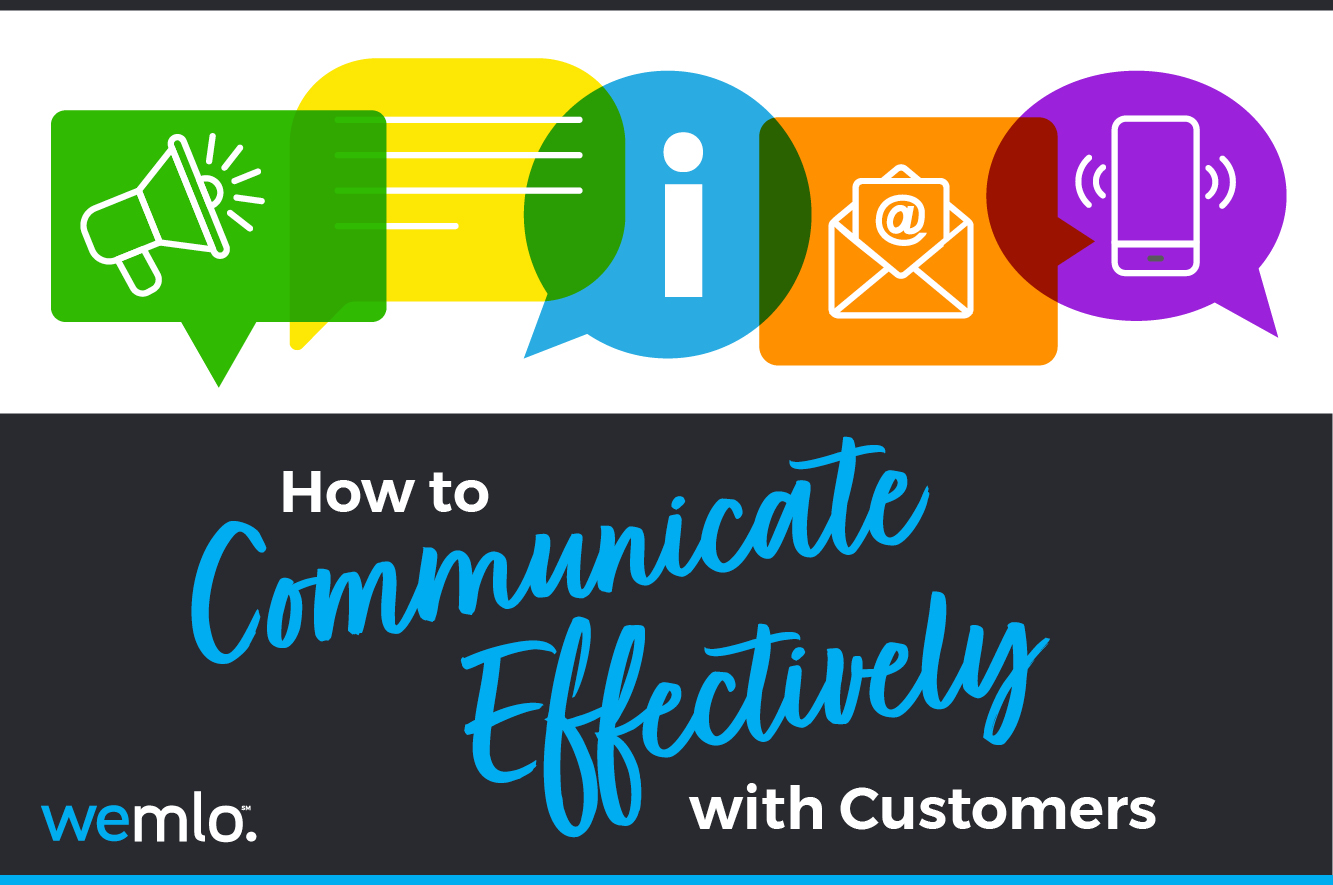New brokers should get to know these consummate professionals. If you’re new to the ranks of the nation’s 25,000+mortgage brokers, odds are you’re still familiarizing yourself...
From employee retention to lead generation, effective communication is critical in all aspects of business. That being said, a 2017 survey reported that 81% of consumers find it difficult to communicate with businesses, yet only 34% of those organizations admit that there is room to improve in terms of their communication processes. So, where’s the disconnect?
Many business owners and managers could benefit from going back to the basics. Whether you scale back the length of your messages or engage in active listening, here’s how to make your client communication more effective.
Get clear and concise
Did you know that roughly half of all emails and texts are interpreted incorrectly? That figure may climb even higher in the home financing field, where borrowers might already lack some understanding. As such, the key to getting your message across lies in getting as clear and concise as possible. Always remember to explain industry terms or acronyms and try to put the most important information first. Your clients will thank you!
Add a personal touch
In the same vein, a staggering 91% of consumers report that they are more likely to patronize brands that provide offers and recommendations that are relevant to them personally. In other words, a little personalization will appeal to almost every one of your clients. To make your communication even more relevant, consider implementing friendly follow-up tactics, focus on community-building, or simply open each communication with a first name. After all, these seemingly small adjustments are what consumers remember in the long run.
Be consistent
As you’re working to grow and improve your communication practices, consistency will be key. From the vocabulary you use to the voice and tone of your brand, predictability can build a subconscious comfort level among clients. Established communication protocols, a strong brand identity, and even a go-to phrase upon answering the phone can all help promote consistency. Eventually, clients will know just what to expect when they walk in the door.
Find the right medium
Each client has different expectations and preferences when it comes to staying in touch so, once you’ve honed your communication strategy and adopted some of these best practices, put them to work through the right mediums. For example, perhaps one client would like a weekly call while another prefers more frequent texts. Or, maybe you’d like to reach those toward the top of the pipeline with social media posts or email campaigns. When building your strategy, a combination of multiple mediums (social media, emails, text messages) may help ensure success.
Practice active listening
Finally, while it may seem elementary, when it comes to effectively communicating, listening is just as important as speaking. Most of the time, whether clients are singing your praises or sharing their concerns, they simply want to be heard. Make a point to maintain eye contact, nod or respond as needed to signal understanding, and always avoid interrupting. Setting the tone in this way can help ensure clients return the favor when the roles are reversed, as well.
At the end of the day, communication is an art. Results will require time, effort, and regular fine-tuning, but your customers are sure to thank you.
For more industry news, tips, and wemlo updates, sign up for our weekly newsletter here .



